We’ve previously talked to Bowhead Corp founder, Christian Bagg, about the development of his Bowhead Reach bikes – e-assist trikes designed to make even some seriously gnarly mountain bike trails accessible to those who can’t pedal. When we talked to him, he mentioned that he was working on a hand cycle, and that work is now done – the Bowhead RX is ready. We thought you might be interested in a closer look.
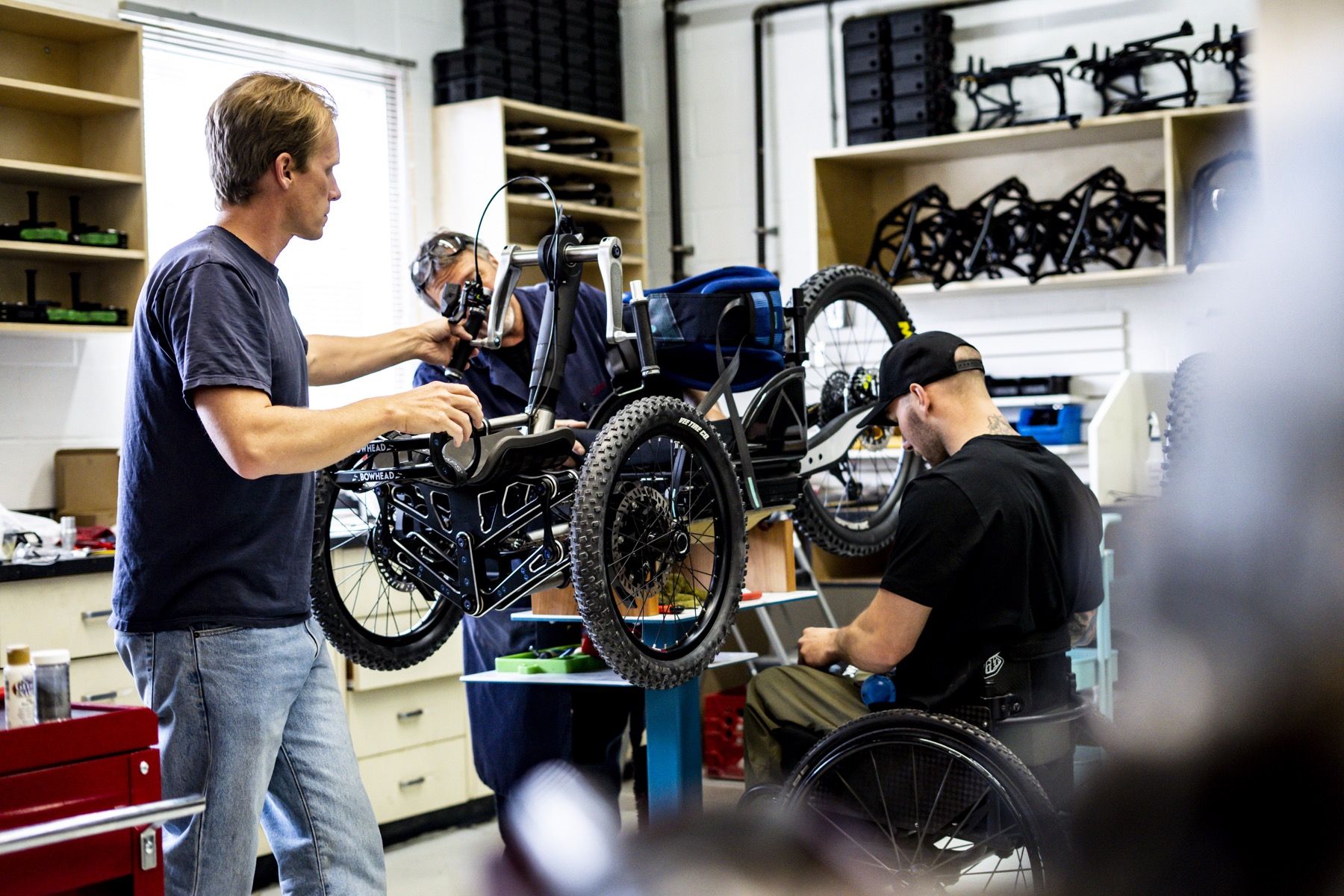
Just like an e-assist mountain bike, the RX lets you do some of the work, helped out by the motor when you need it. Only here, instead of using your legs, it’s your arms that are doing the work. That means that not only do you get to go out riding with your mates, but you’re getting a workout too. The Bowhead RX isn’t quite so go-everywhere as the Reach – it’s more like an XC bike to the Reach’s enduro/DH proclivities. It also requires the rider to have a bit more mobility than the Reach, and Bowhead can advise you of whether the RX will suit your needs.
For those that can make use of the RX, not only will you find you can get a cardio workout, but Bowhead says you should also find that any core muscles you have get a workout too – lots of little control movements while steering the bike can strengthen muscles in a way that’s hard to do in a gym workout.
So what of the tech that’s gone into making this bike? The bike is powered by a Performance Line CX Bosch motor – standard eMTB technology, which fits with Bowhead’s goal of having their bikes use easily available parts that can be serviced locally. The max 1000Wh battery setup allows for long adventures – extra important when you can’t just get off and push if you misjudge the battery power needed to get home, but with the hand cranks you do at least get the option to add your own power if you’re scraping the bottom of the battery barrel.
At a recent seminar on trail building for hand cycles, we heard how some trikes require a greater width, and how they can struggle to access paths where the surface is off camber or falls away, or has tight corners. Imagine towing a child trailer around your local trails and think of all the places it would get stuck, or all the motorbike-stopping barriers that you’d have to squeeze round and under, and you can begin to see the difficulties a hand cyclist can face. As with the Reach, the width of the RX is akin to most mountain bike handlebars, so singletrack is more easily accessible. The two front wheels use the same articulated set up as the Reach to enable access over technical trails, without the trike tipping. You can see in this video just how capable it is.
Bowhead has a new Director of R&D, Devon Sullivan, who has previously worked on the development of products such as the FOX DHX and the updated RockShox SID. He explains how the RX has been developed:
We have carried over our unique existing Reach front end technology, which allows the rider to lean into turns and off-cambers like a typical two-wheel vehicle. Updates have been made to the RX implementation, catering to the RX intended use. The mid-motor design centralizes mass using a Bosch CX placed at the roll center of the bike, making for a more stable and easily maneuverable ride. The motor is structurally integrated to the mainframe, resulting in unmatched stiffness tuning control. Our modular battery system is placed nearest the rider’s hips, mitigating any unwanted lean characteristics. A 4” adjustable seat puts the rider centered in the custom length frame rails, sized to each rider. Our belt/chain hybrid system maximizes wattage to the rear wheel using a unique steering column drive system coupled into the motor. MTB components are used wherever possible, this ensures ease of service and replacement. The new MX style rear end is compatible with 26+, 27, or 700C wheel/tire combinations. Combined with custom gearing and motor options allows customers to build a bike tailored to their typical riding terrain. Our updated front end greatly improves approach angles on rough terrain. A custom skid plate protects the latest Bosch CX electronics system.
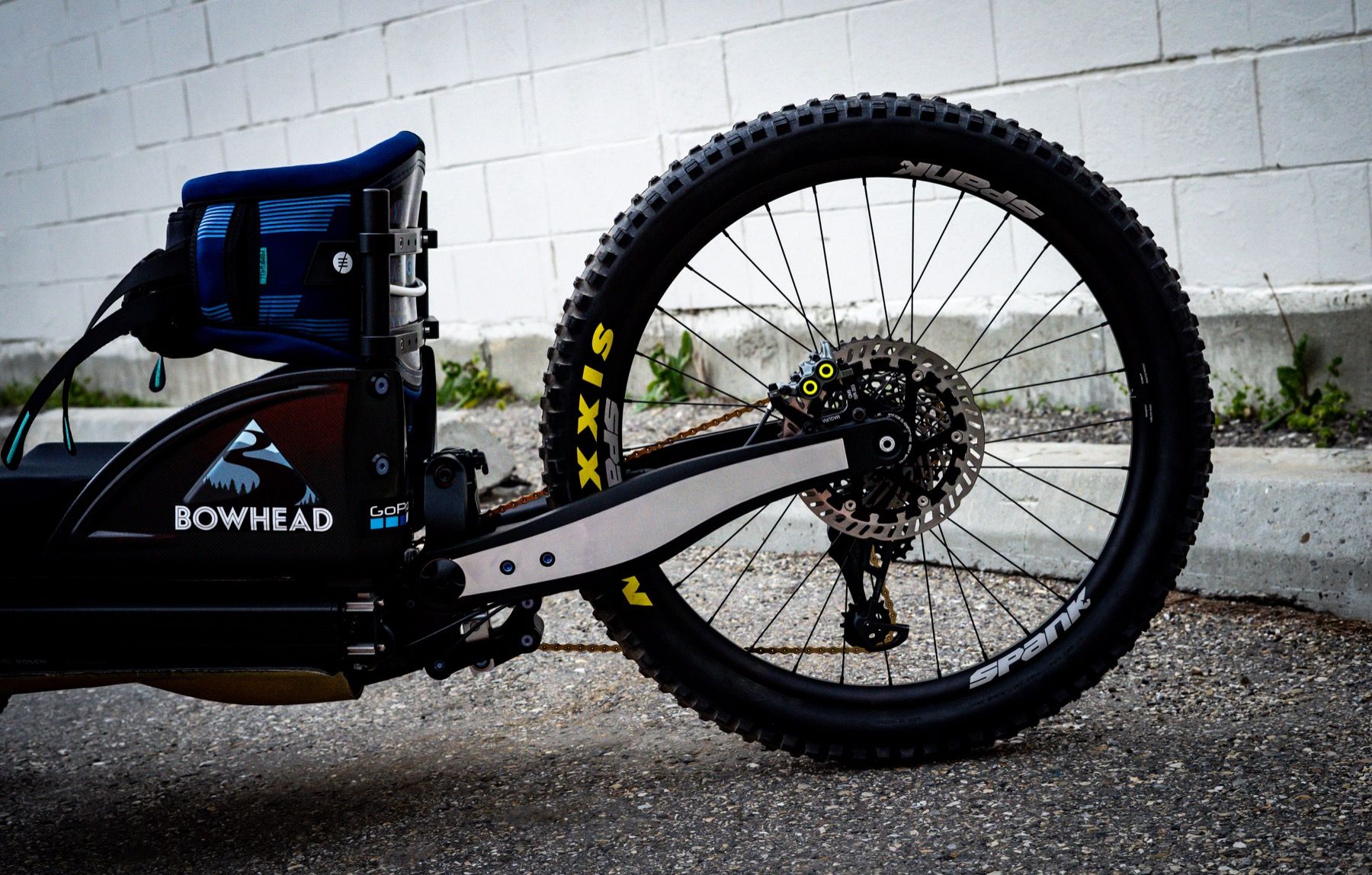
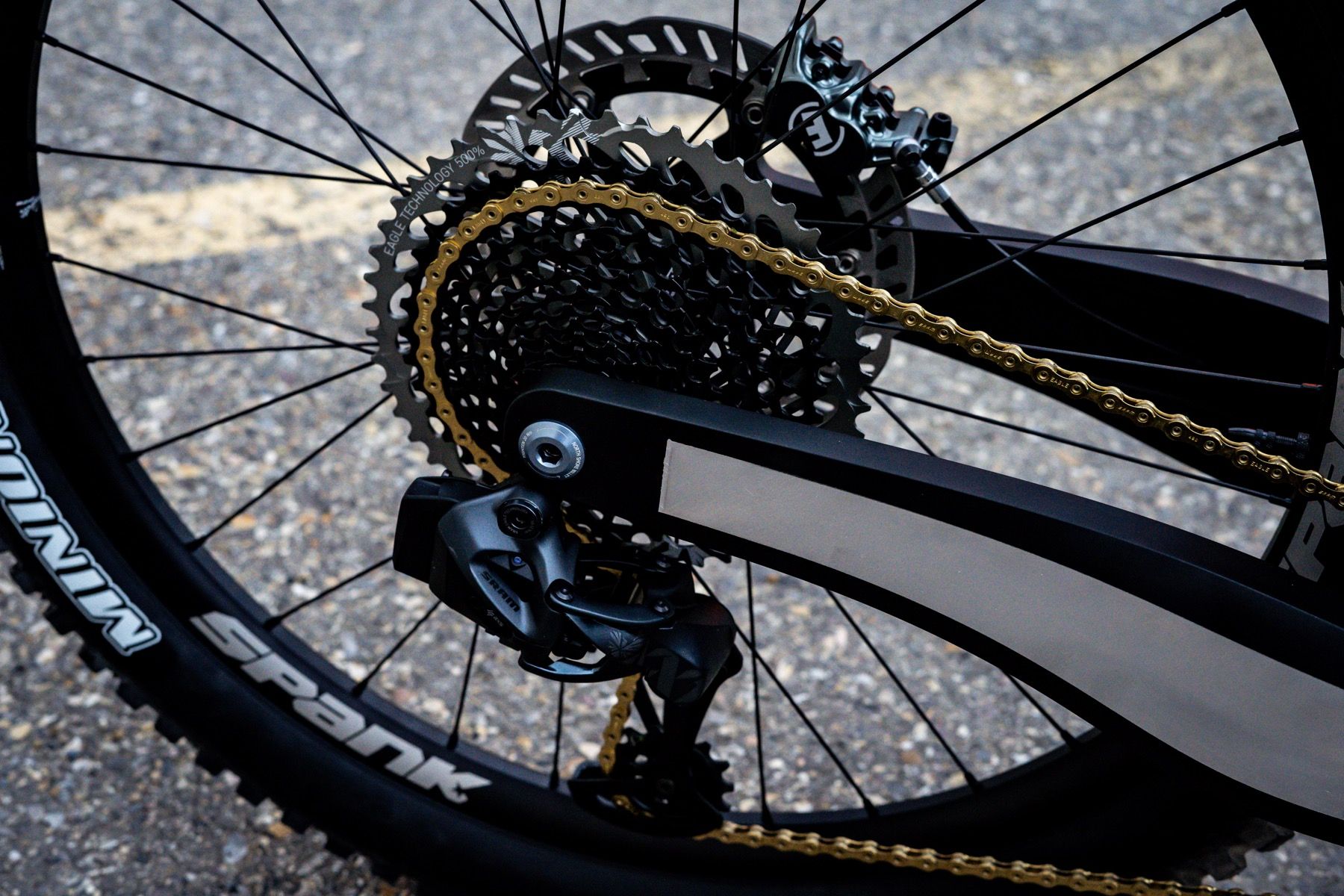
The back end of the bike is a bit different to the Reach:
“We prioritized efficient tracking and simplicity on the new rear end. Our single pivot MX style linkage allows users to specify a coil or air shock with its 28% linearly-progressive kinematic. Travel is set to 120mm to match our front end. Single pivot placement minimizes torque forces at the rear axle. Pedal bob and brake jack have been addressed to work with standard disc brake and 12spd wireless MTB drivetrain. A slightly forward axle path provides good bump compliance without stretching the bike in corners. A 3piece swingarm is FEA optimized to reduce the unsprung mass. 200mm rotor, UDH,157x12mm Boost compatibility. Everything is tied together by a superbike MotoGP style aluminum subframe.”
The controls are single point hand controls so that you keep your hands in one place for pedalling, steering, shifting and braking – some bikes have the cranking function separate. The frame has been shortened by 250mm to help stiffen the front, but keeps the wheelbase at around 1250mm – equivalent to a medium mountain bike. The user can select seat position, frame length, crank position, footrest, and calf rest.
One brake lever controls the two front brakes via a splitter system, while the other controls the rear brake. SRAM AXS shifts gears at the touch of a button – for those that aren’t persuaded by the merits of wireless shifting, this is surely a great example of where it’s really really useful.
Here’s a closer look at the controls:
And here you can see them in use:
Yes, you’ve probably spied those cranks and your 3D printing ‘ooh’ radar is sounding. Pretty, aren’t they? We asked for a bit more information on what was happening there:
We designed the 3D Printed Crank Arms using 17/4 Stainless Steel. We wanted to illustrate what is possible with 3D Metal Printing. This is more of a conceptual piece, and we think they look great front and center on the Bowhead RX.
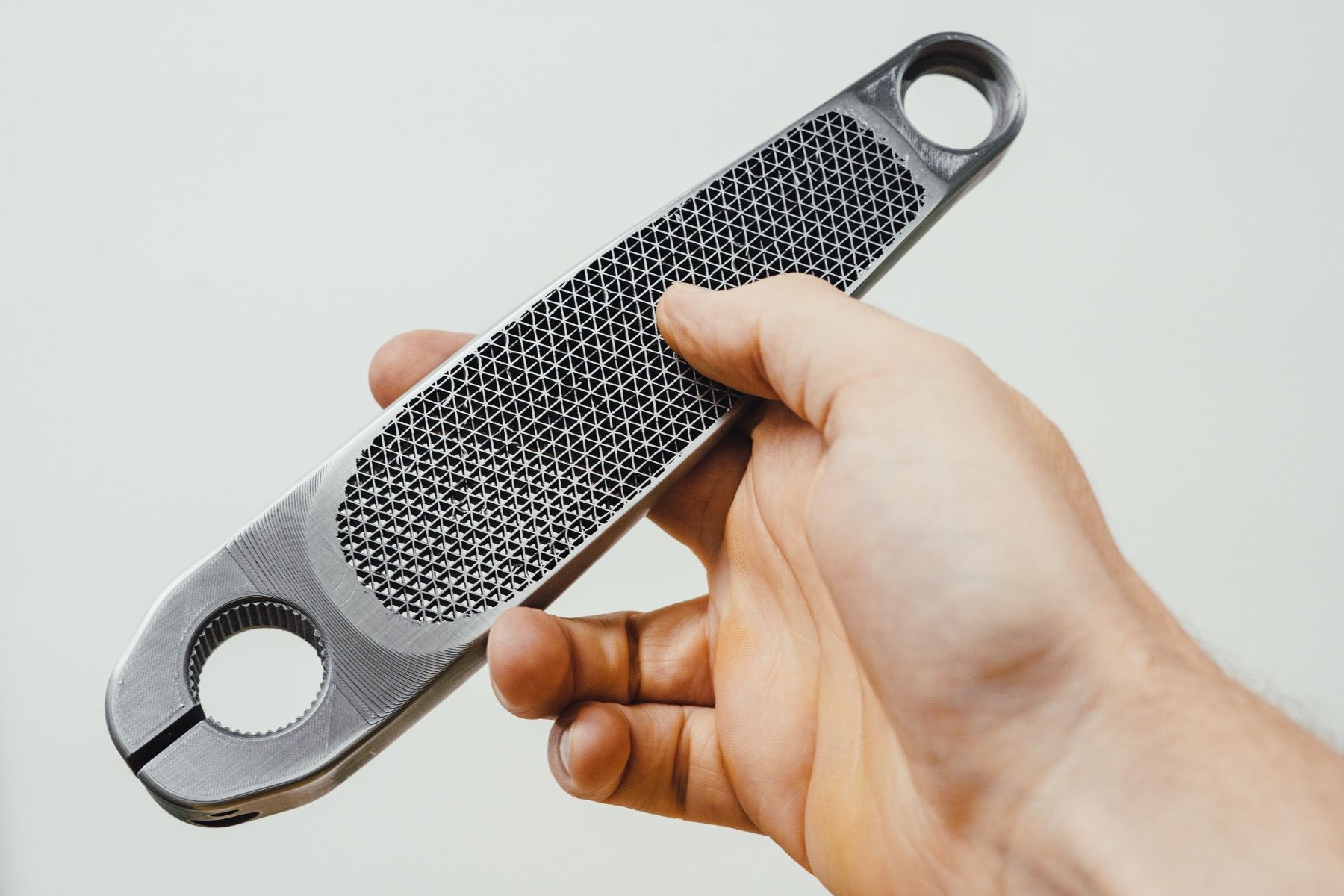
The Markforged Metal X 3D printed parts have a hollow core with a lattice structure. This dramatically reduces the weight while retaining structural integrity whilst having a larger degree of control over certain design characteristics.
We wanted to show off the lattice structure which is normally hidden in the core of Markforged Metal X 3D printed parts, so we machined off the surface to reveal the lattice below. Which we think looks pretty neat!
The goal is to use Topology optimization in Solidworks with Metal 3D printing technology from Markforged to design the sub-frame. Which is the main piece that connects the frame rails, attaches the Bosch motor, mounts the Rock Shox rear shock and connects to the moto swing arm, its an intricate and complex part that we feel is perfect for metal printing.
E-assist, 3D printing, wireless shifting… it’s great to see how these advances in bike technology can be used to bring bikes and ride opportunities to more people, rather than just perks and marginal gains to those already pedalling. For more information on the Bowhead Bikes, head to their website.
Comments (2)
Leave Reply
Post Comment
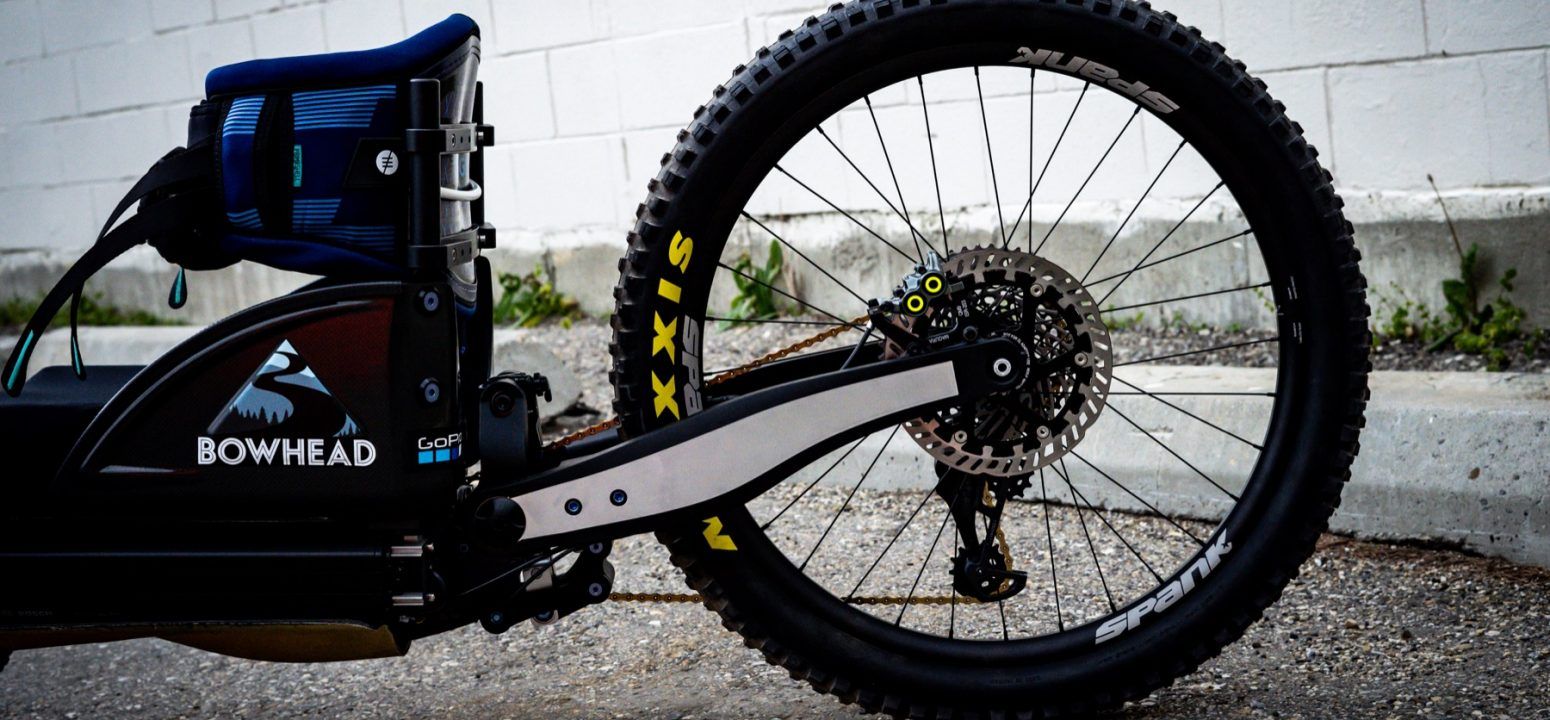
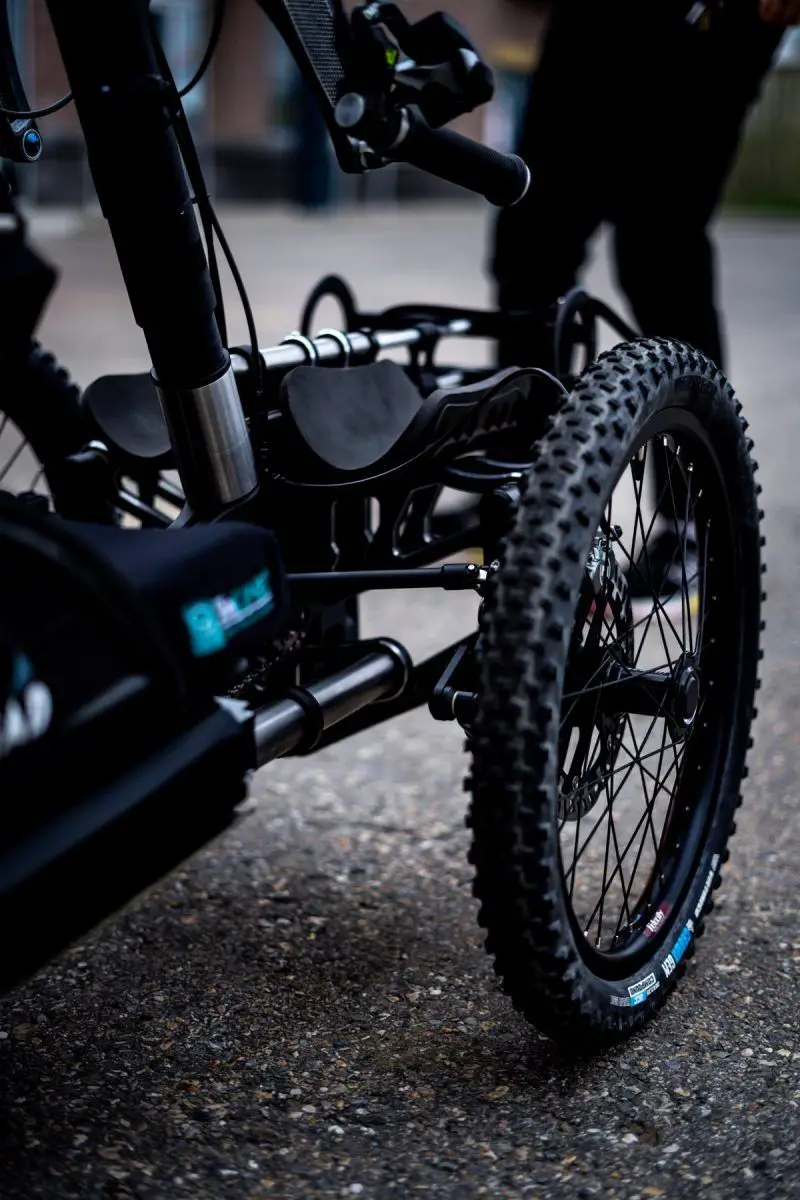
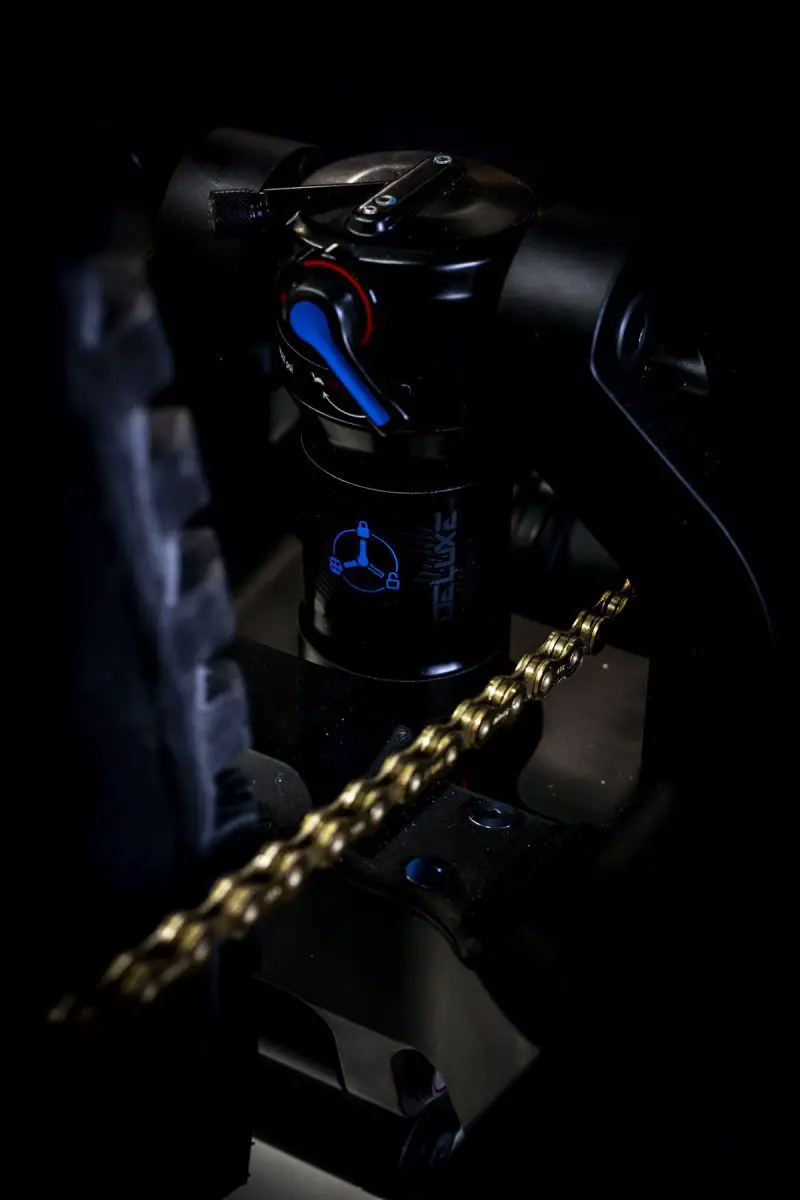
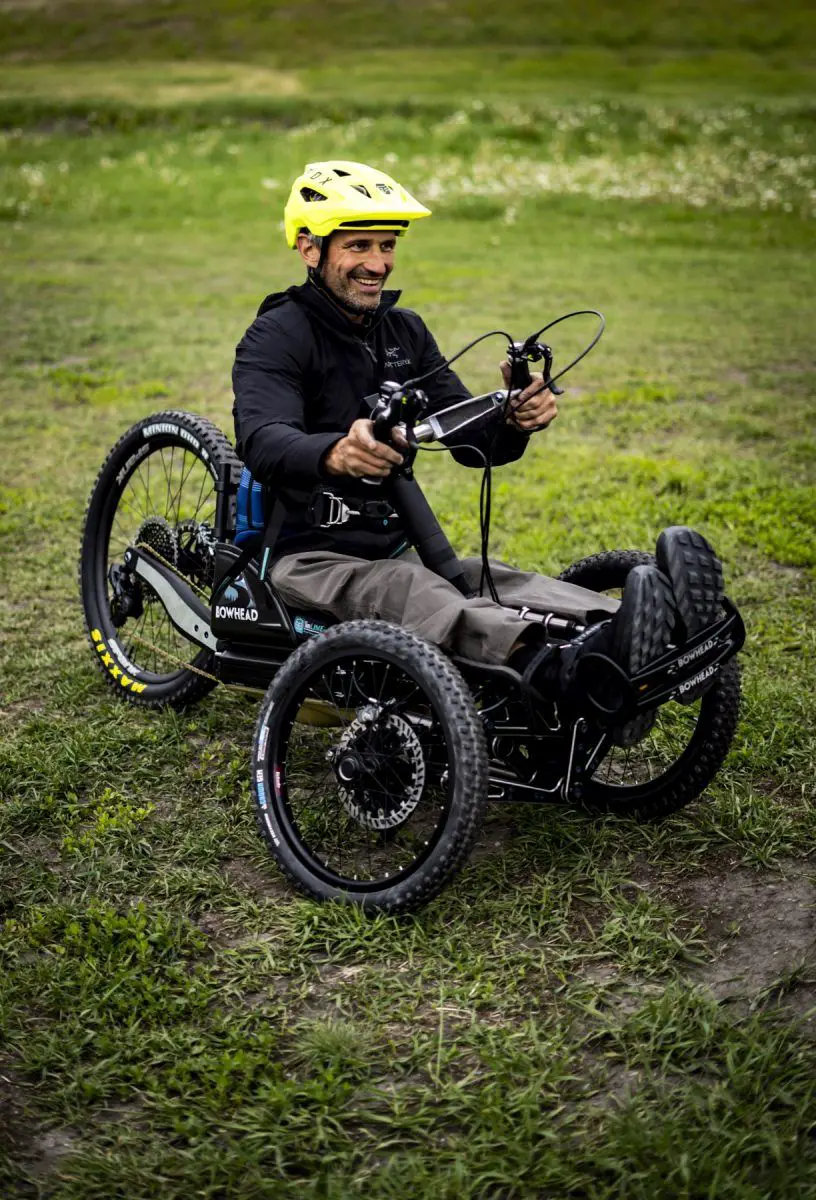
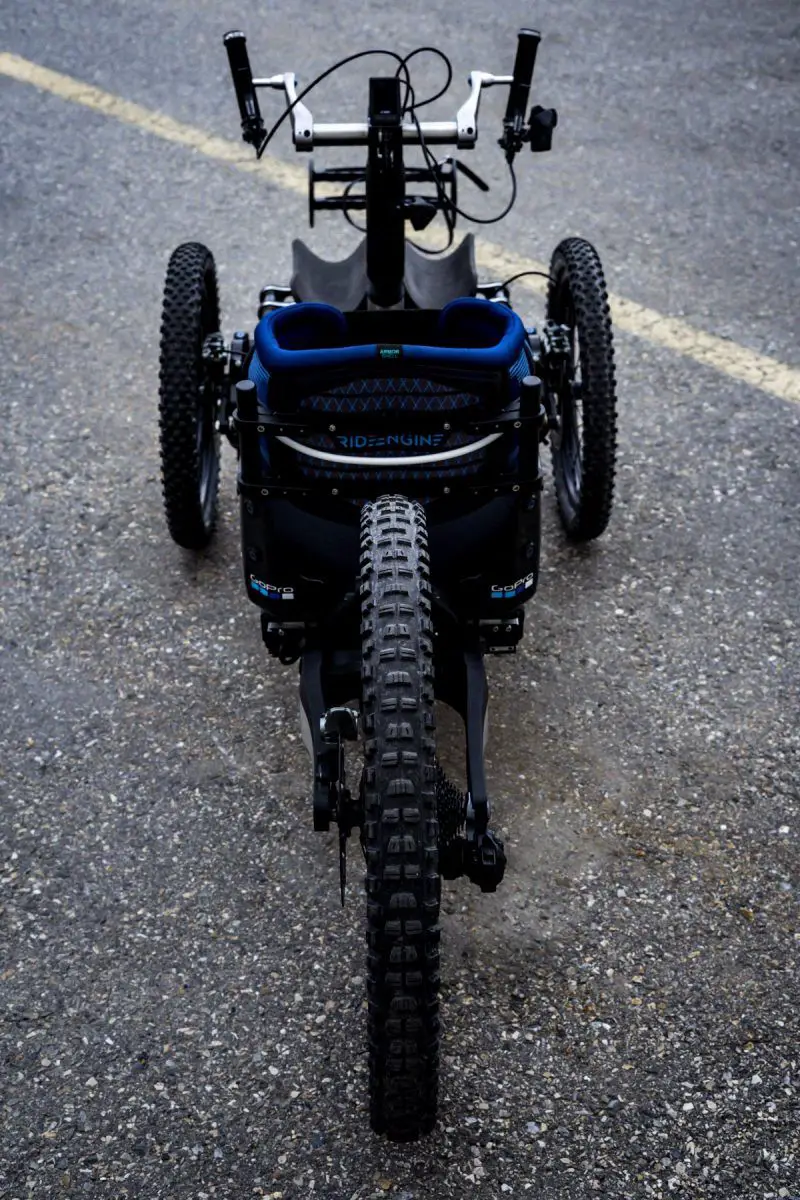
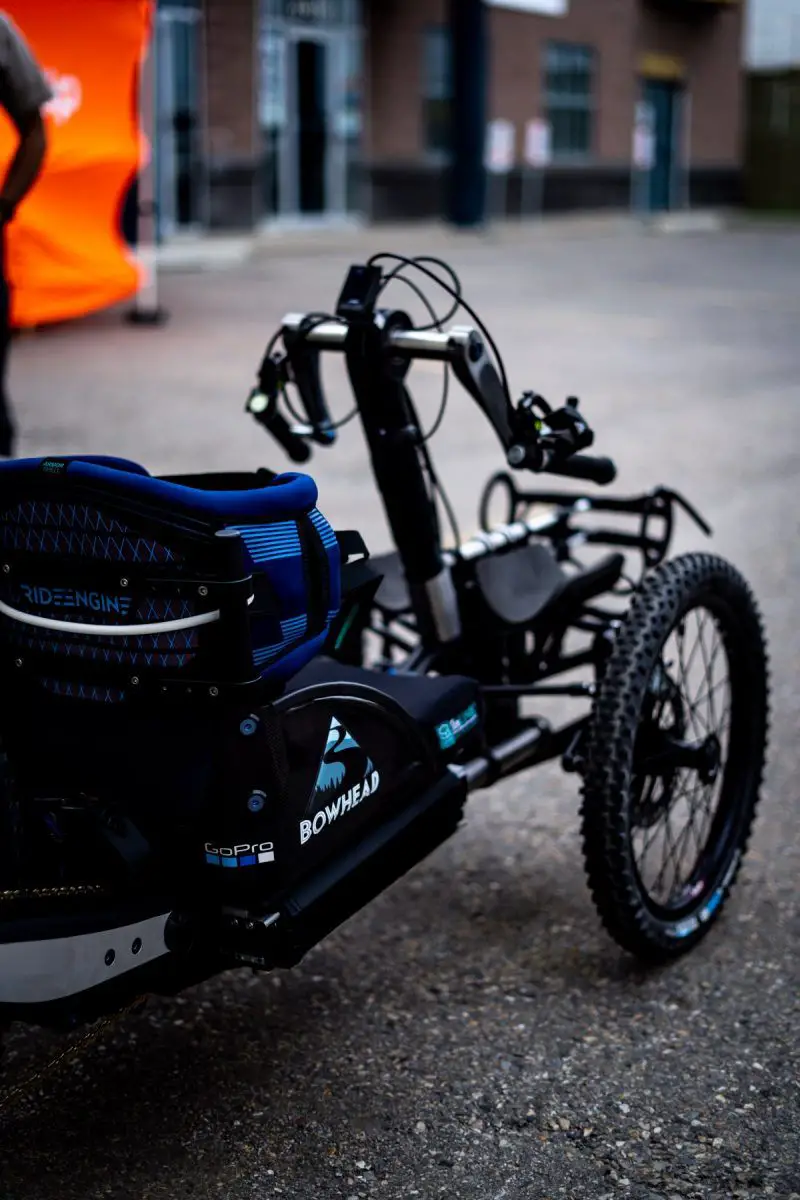
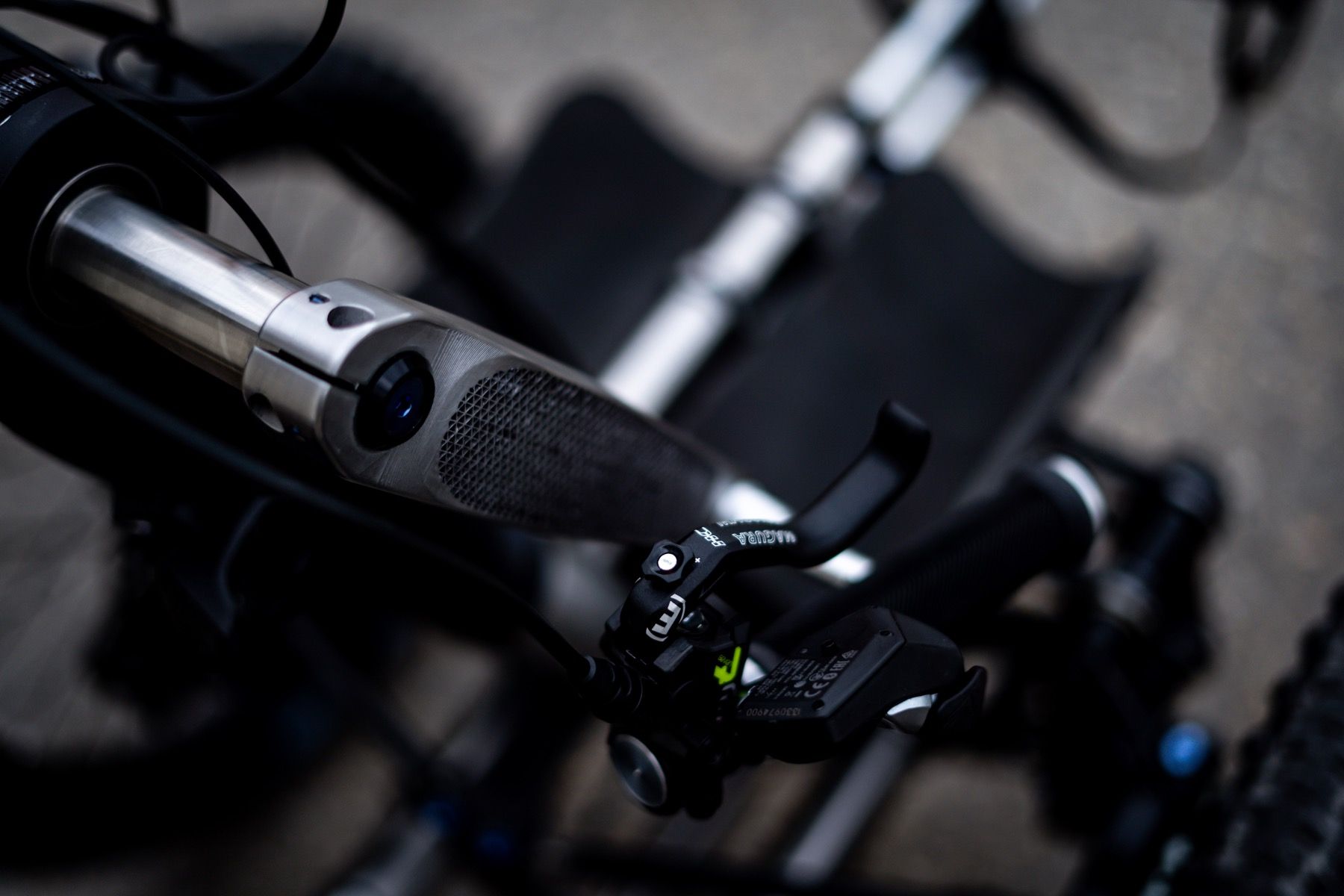
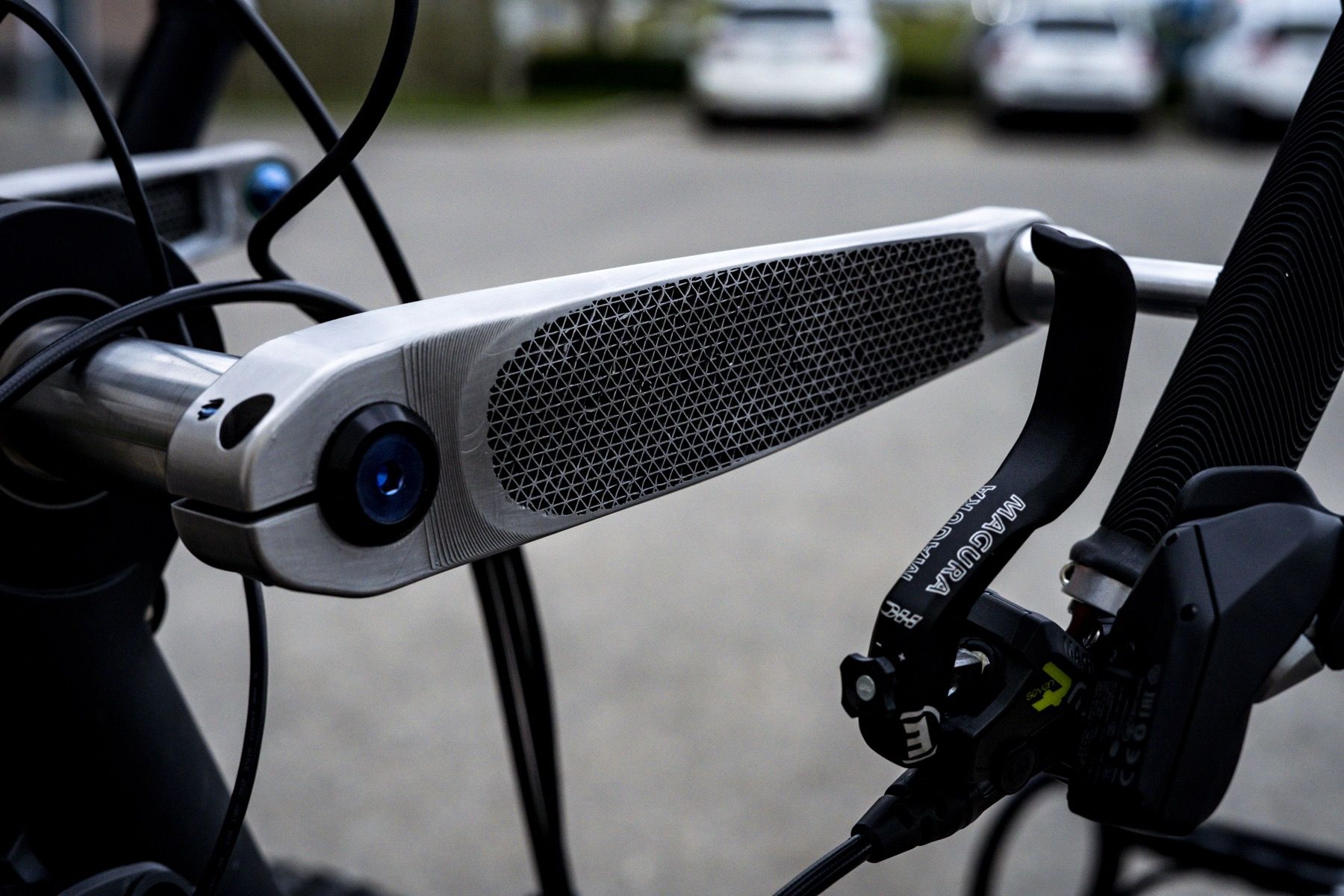
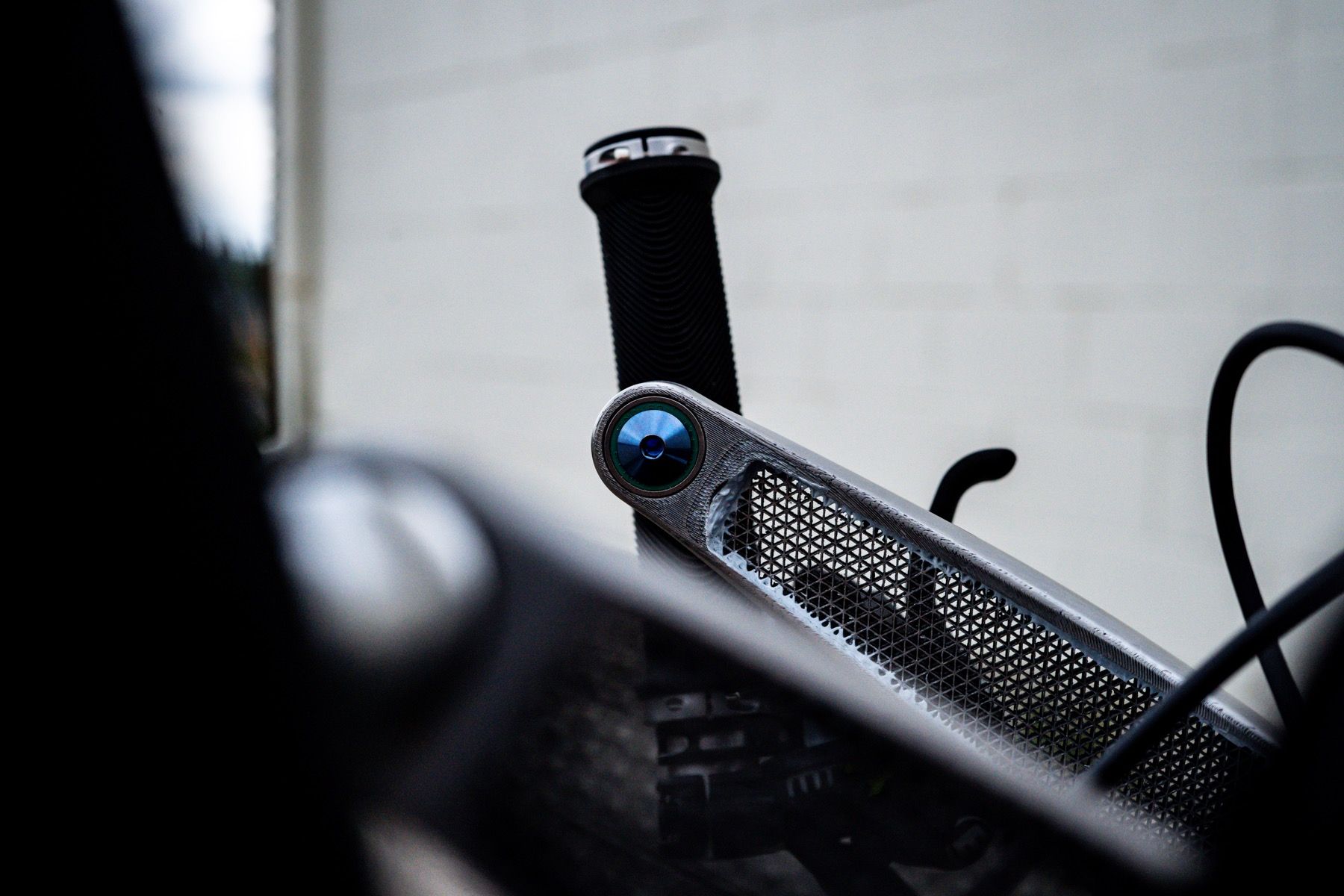

This looks awesome.
Any idea on the price of these?
The Mrs didn’t like the idea of the all electric & throttle on the Reach – pedal assist would be better for her.
@dirkpitt74 Bowhead says: We don’t have a base price right now. Working on building out a base spec // model it’s still very custom. But we point everyone towards our Quote form for pricing.
https://www.bowheadcorp.com/quote-form